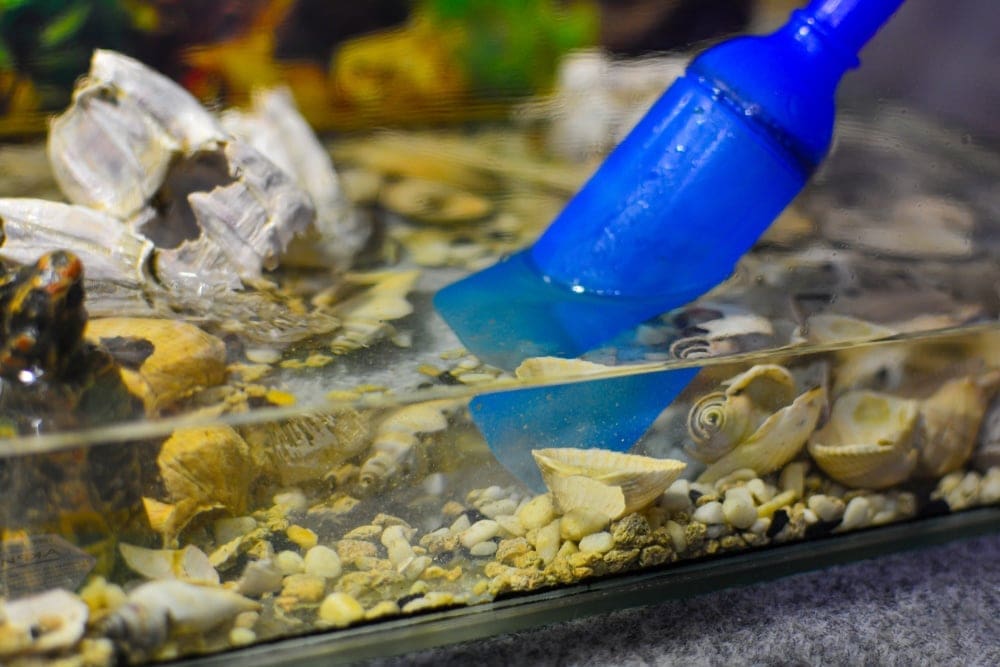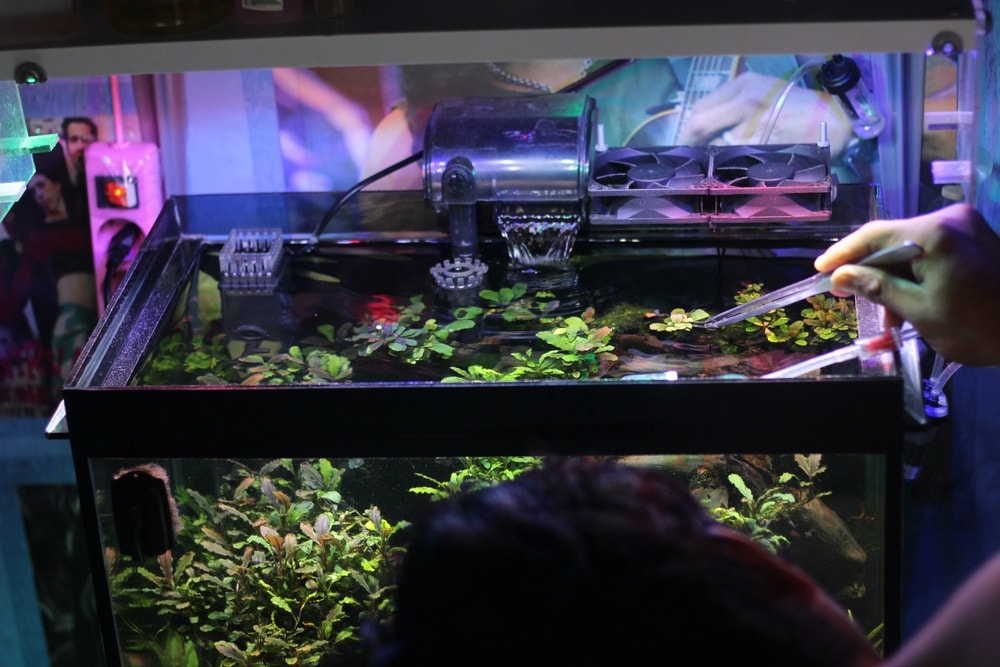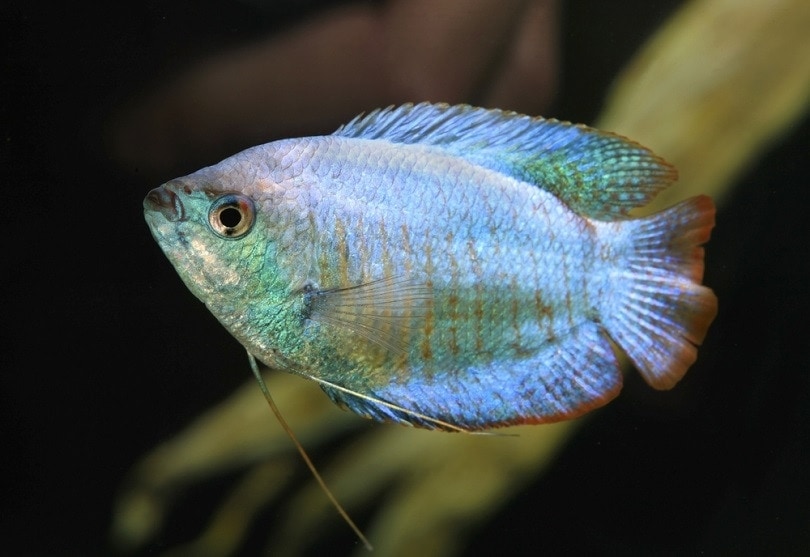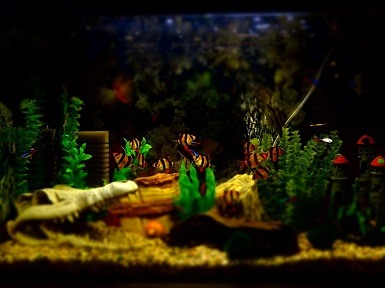How To Use A Siphon Pump For Fish Tanks (With & Without A Vacuum)

Updated on

Cleaning out an aquarium is not a fun thing, but it is one of those necessary evils that we must accept as fish owners. After all, fish cannot take care of themselves, which means that we have to do it for them. Cleaning an aquarium is just one of these responsibilities we must accept.
One of the biggest jobs can be to clean the gravel in the bottom of the tank, or in other words, cleaning the substrate. Today, we are here to talk about how to use a siphon pump for fish tanks. These are some easy-to-use tools that are meant for cleaning aquarium gravel, so let’s get right to it!
What Is A Siphon Pump?

A siphon pump is a really simple tool used to clean the bottom of aquariums, specifically the substrate, which is usually gravel. It is more or less a tube connected to a vacuum (we have reviewed our top five vacuums over at this article).
The front of the tube, the end meant to be inserted into the aquarium, has a siphon that sucks up dirt and water but does not let the gravel get through. The water travels from the siphon, through the tubing, and out the other end, which is usually into a bucket or a sink.
It is a pretty simple to use tool that does not require much work at all. Now, beware that siphon pumps are generally just siphoning tubes connected to a gravel vacuum, but some siphons do not have a gravel vacuum attached. For these, you might have to pump or suck a little bit to get it started.
Let’s talk about each of the options real quick.
Siphon Pump With Vacuum
When it comes to a siphon that is already hooked up to a gravel vacuum, there is nothing you need to know. All you need to do is insert the siphon tube end into the aquarium, turn on the gravel vacuum, and let it do its job.
Simply move the siphon tube along the gravel at the bottom of the aquarium to suck up dirt and/or to drain out water as you see fit. It really could not be any easier. On a side note, be sure to have the other end of the siphon tube inside of a bucket or the sink, or else you will flood your floor.
Without Vacuum
Now, using a siphon to drain water out of your aquarium without a vacuum takes a little more work, but it is still really easy. The only thing that you need to do manually, other than actually moving the tube around the gravel and the aquarium, is to get the suction started.
There are multiple ways to get the suction started, so let’s just go over that real quick.
- One easy way to get the suction started is to suck start it. Simply put, insert one end of the tube into the aquarium and get the other end over a bucket. Take the end which is over the bucket and give it a good suck until the water starts to move. Make sure to be quick or else you can end up with aquarium water in your mouth.
- Some siphons come with a priming ball, which is more or less a pump. Simply put the siphon into the water, with the other end over a bucket, and squeeze the ball like a pump until the water starts to flow.
- You can also fill the siphon tube up with some water before immersing it in the aquarium. As long as there is water in the tube to get gravity working, this might just be the easiest way to do it.
- The other way to get the siphon working is to immerse the whole thing in the water from one end to the other. Make sure that the whole siphon, tubes, and all, is underwater. This way, once you take one end of the tube out, it will begin flowing on its own.
Conclusion
As you can see, using a siphon pump is not very hard at all. It might take a bit of trial and error to figure out which way works best for you, but other than that there is nothing to it. If you need to know how much gravel your tank needs then this post will help you.
See Also: Can You Turn Off A Fish Tank Pump At Night?
Featured Image Credit by: GaViAl, Shutterstock











